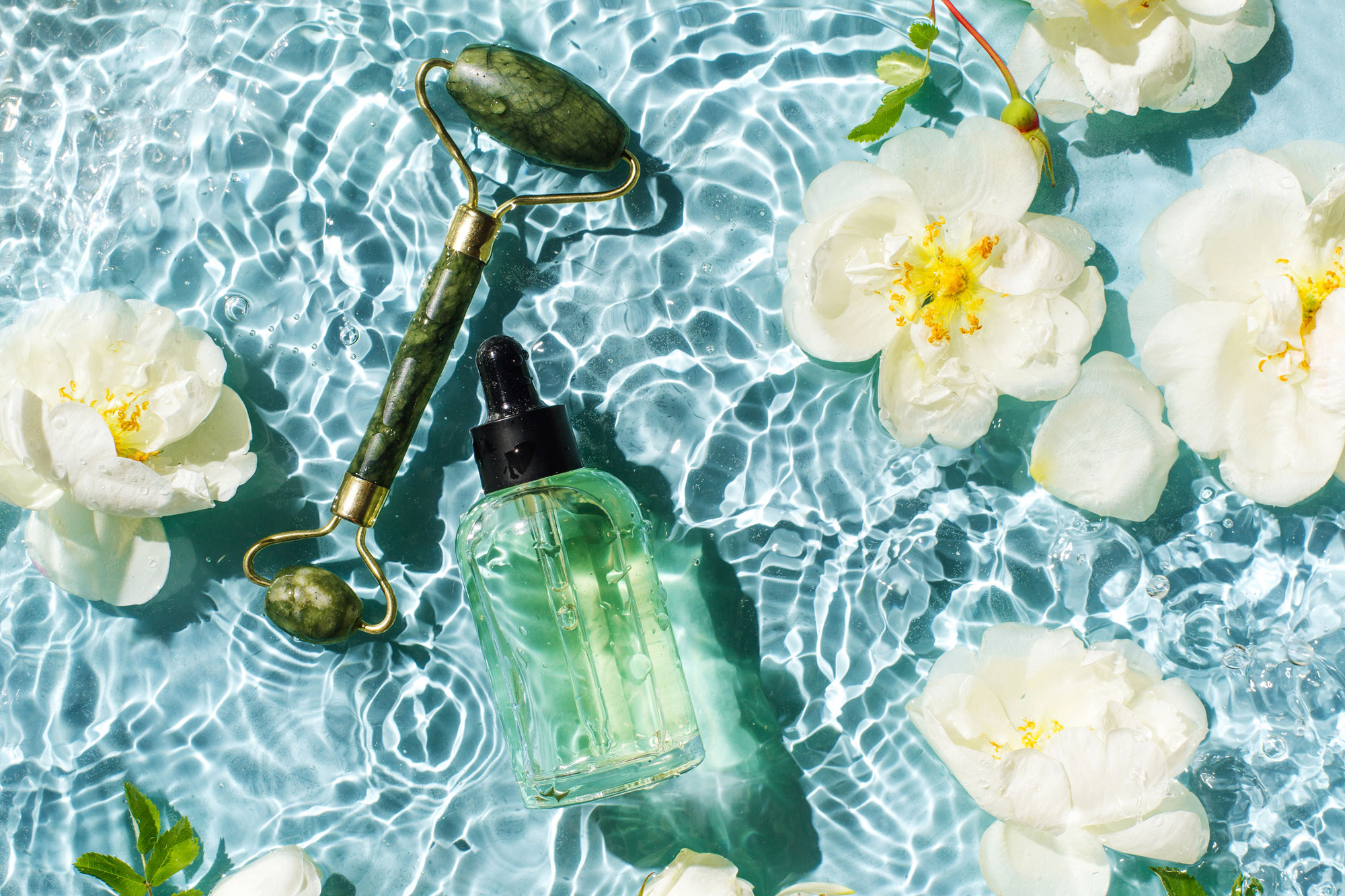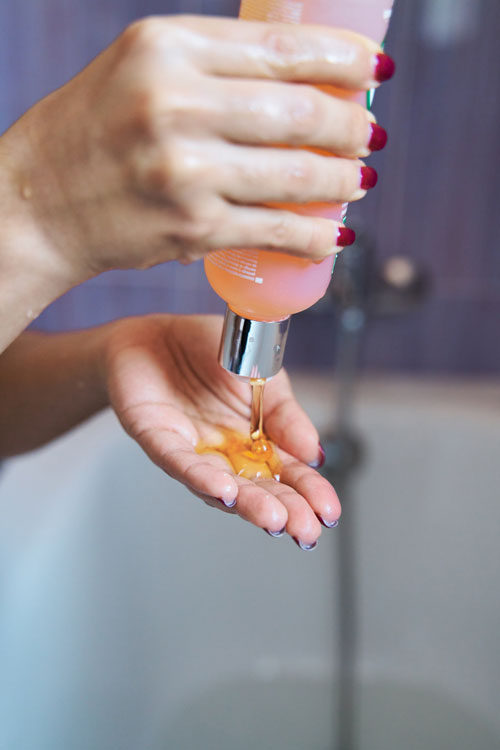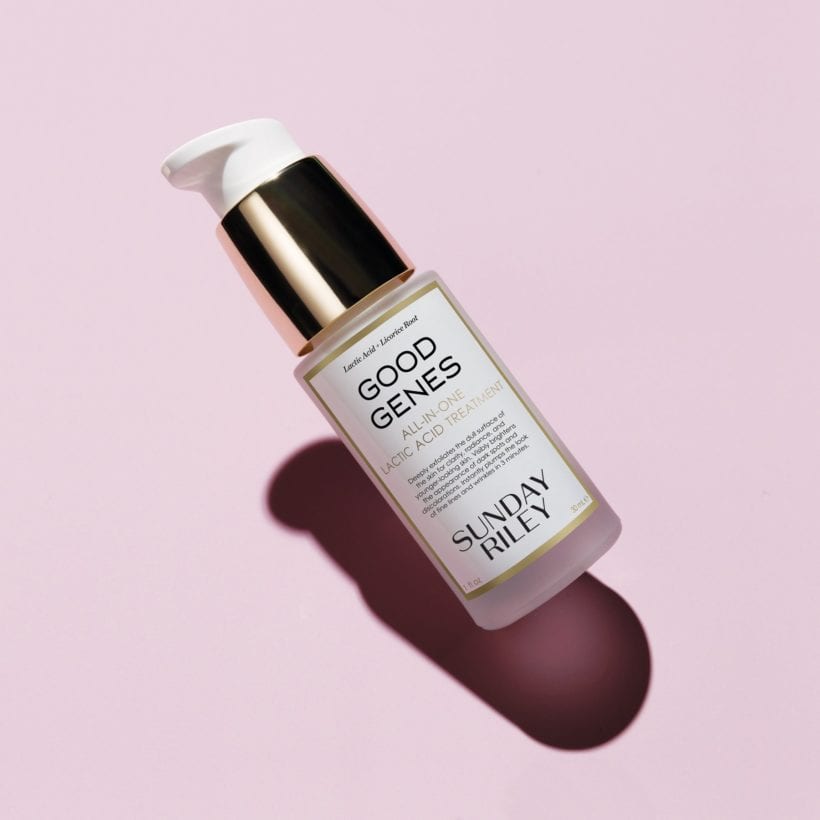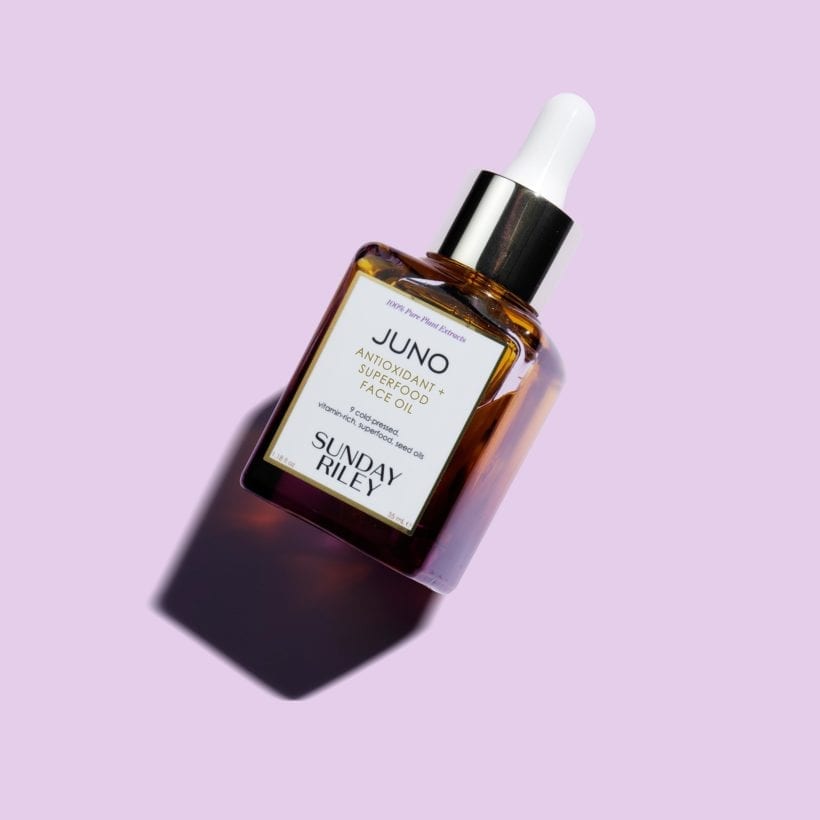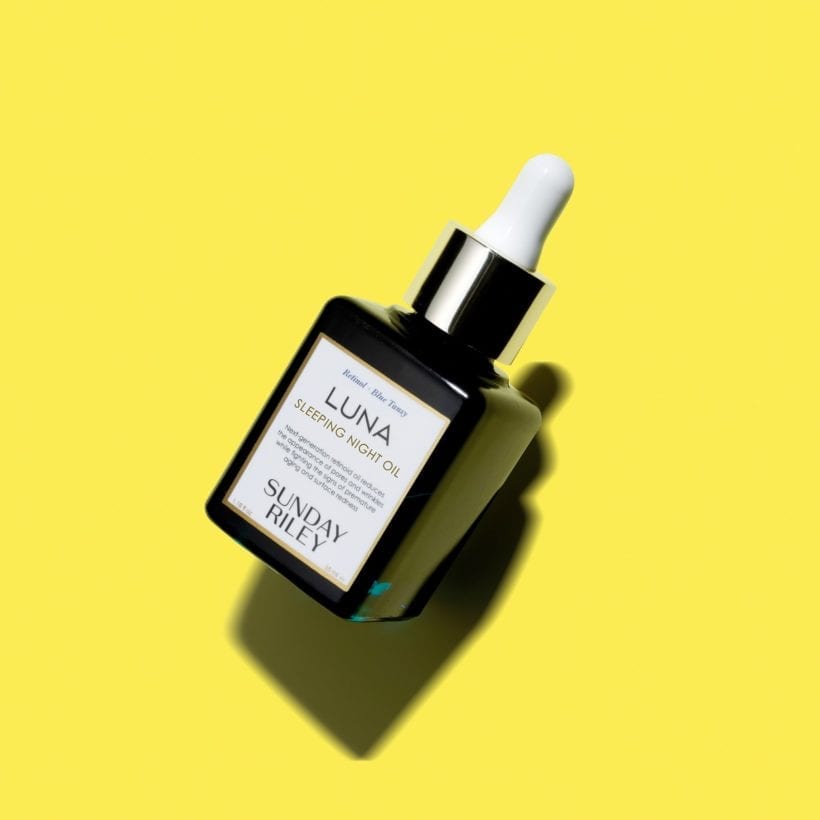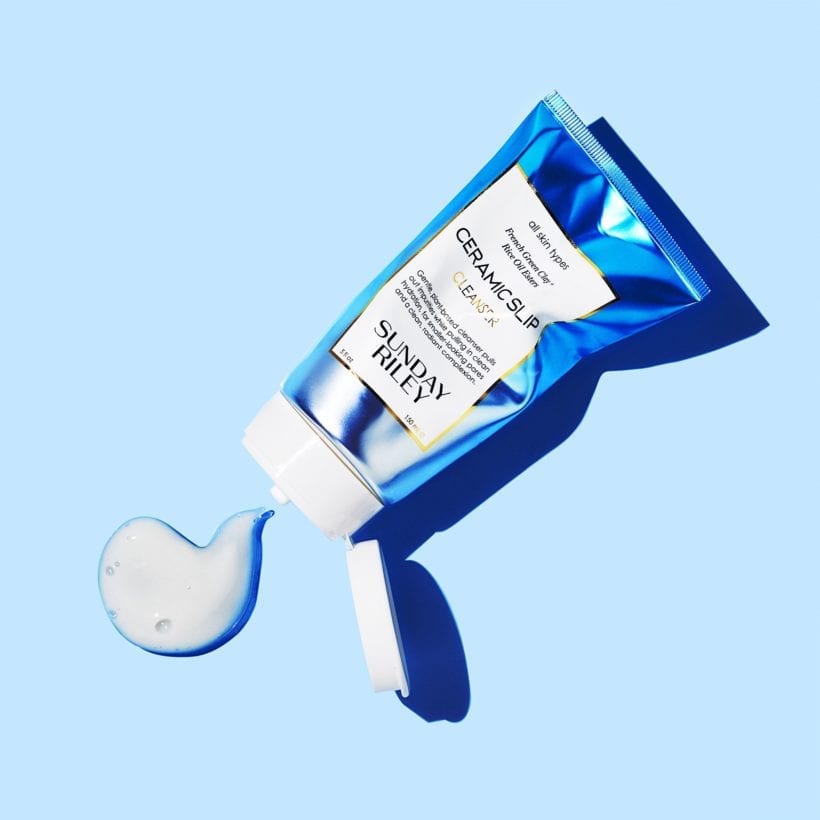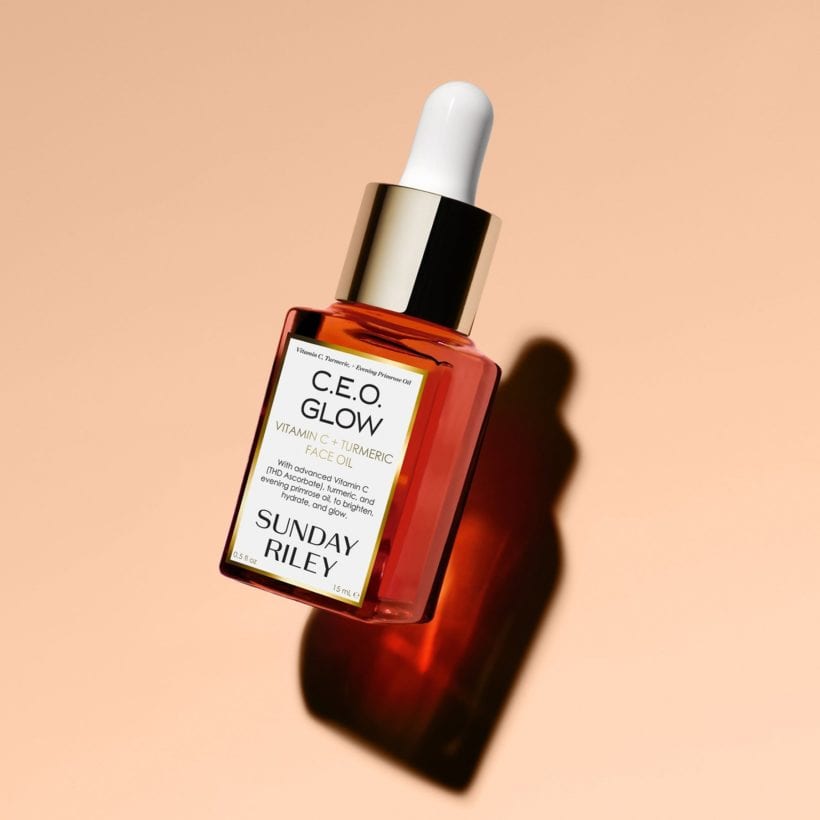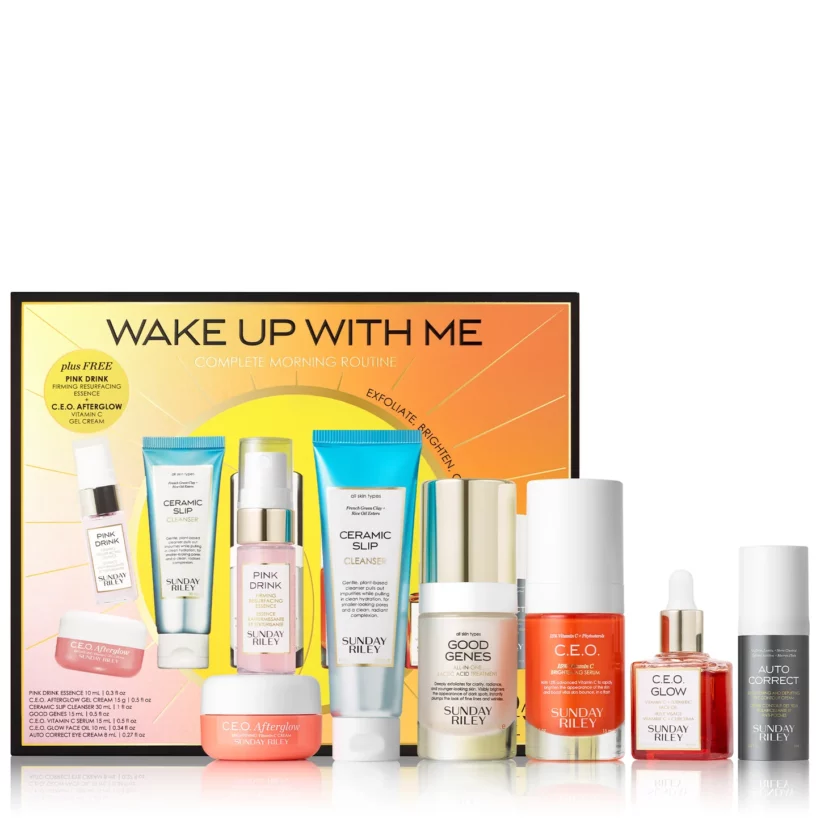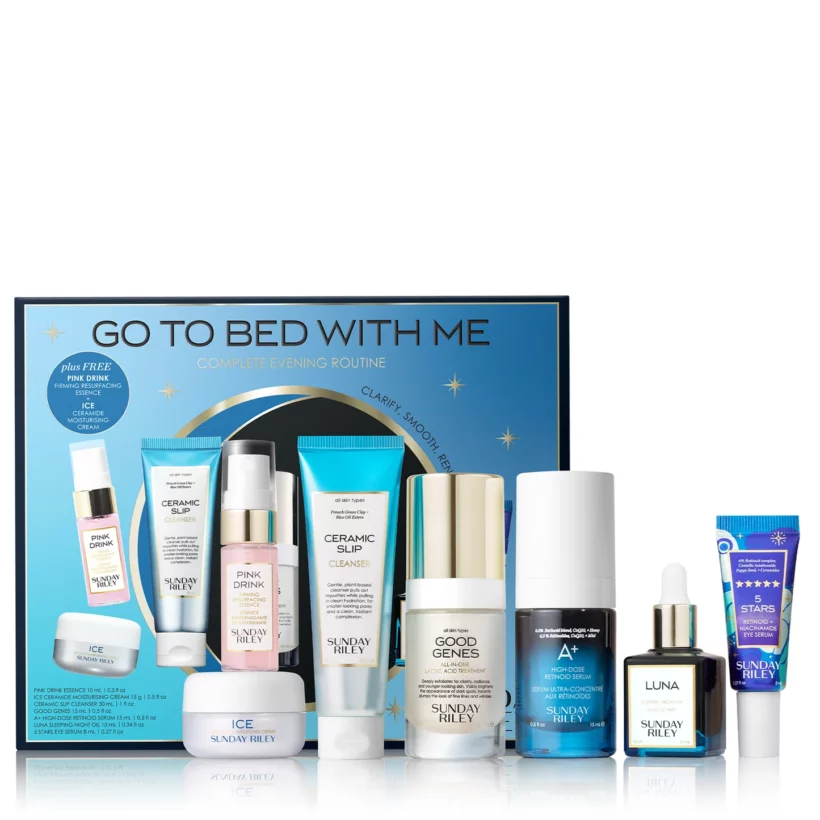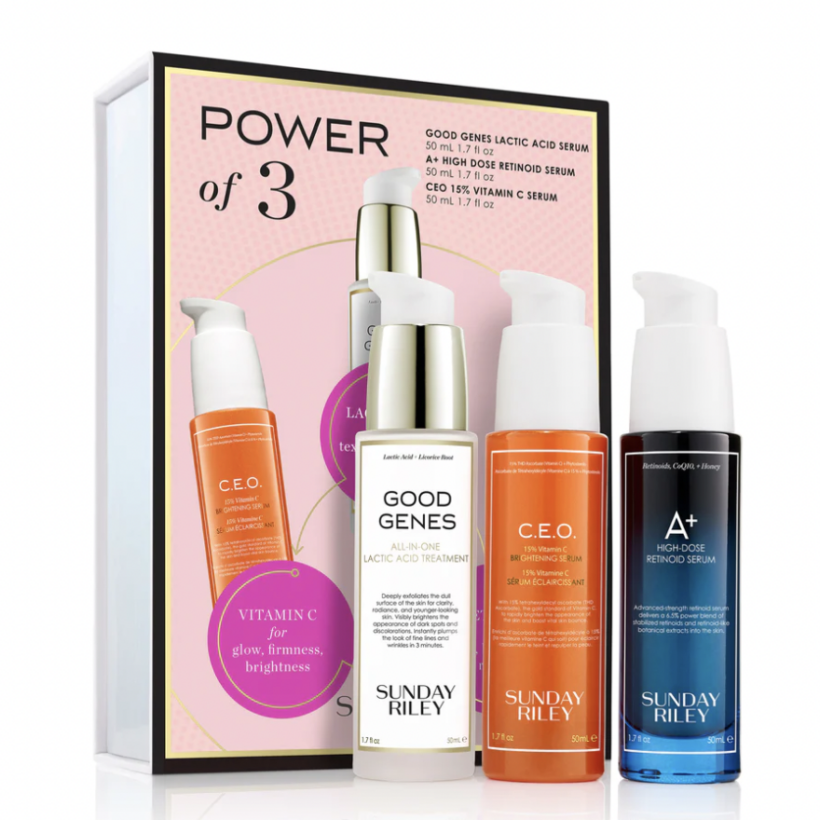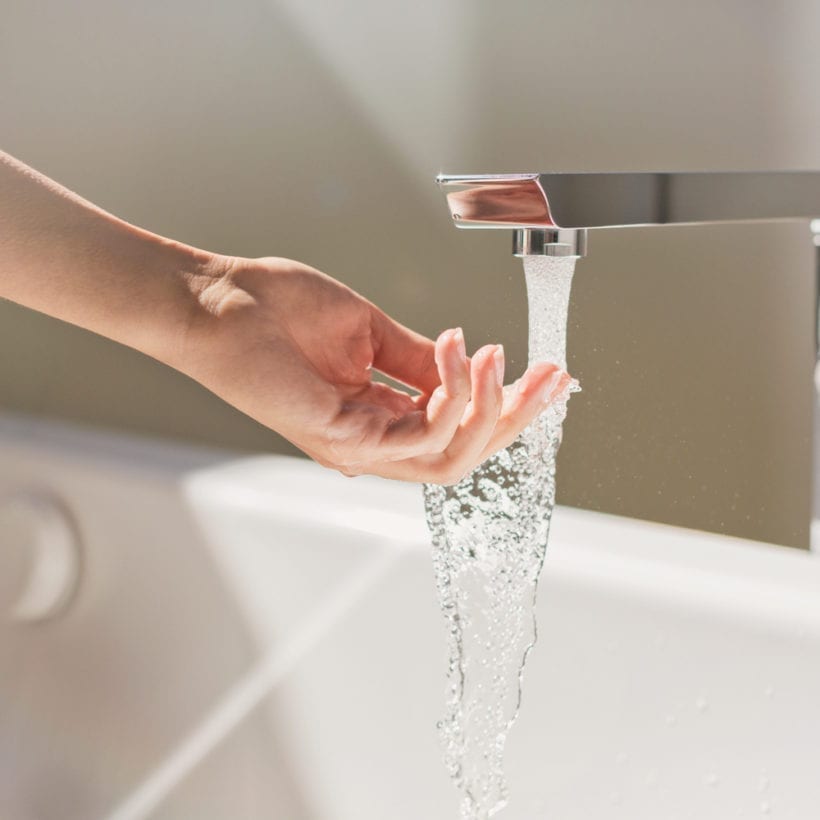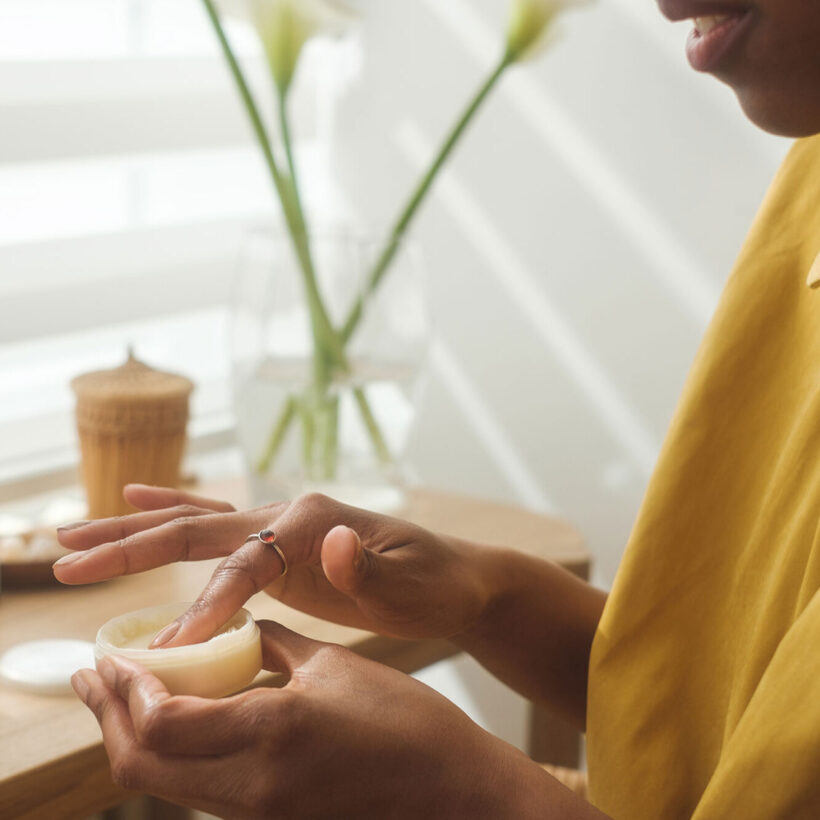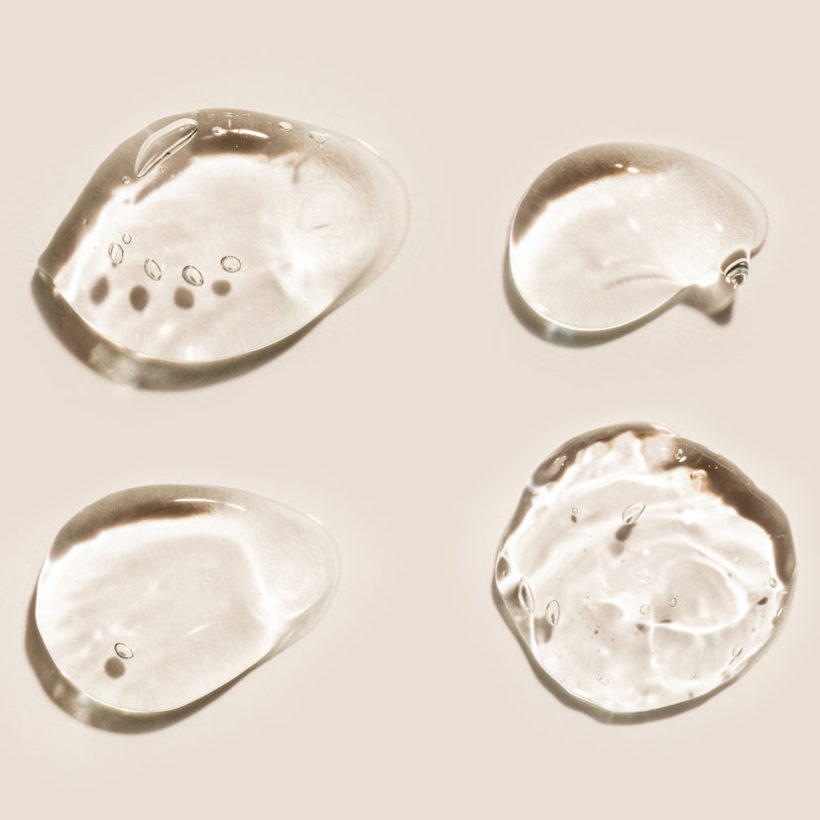If you’ve ever tried to stretch out the lifespan of your shampoo, cleanser, or other beauty product by adding water, you’re not alone. It’s one of the oldest tricks in the book for helping you use the last drops of a given formula — or reap its benefits while you wait for your brand-new bottle to arrive. But even though it’s a popular trick (and doesn’t seem like a big deal), it’s not exactly a foolproof solution.
In fact, it’s anything but: Watering it down can mess with the ingredient proportions and concentrations of a given formula, for one, and could potentially introduce bacteria. Done enough times, this common habit could even lead to skin irritation and even infection. With that in mind, we asked two cosmetic chemists to break down the risks of doing this — and why it’s ultimately not worth it.
Meet the Experts
Krupa Koestline is a clean cosmetic chemist and KKT Consultants founder.
Ginger King is a cosmetic chemist and founder of Grace Kingdom Beauty.
It introduces bacteria
When creating hair and skin care products, the pros aren’t working with water that comes from your bathroom faucet. In most cases, says clean cosmetic chemist Krupa Koestline, “your cosmetic or personal care product has been made with special deionized or purified water.” In other words: It’s super-clean.
Tap water, meanwhile, is a different ballgame. Not only can it contain certain minerals (see: hard water) that can mess with the chemistry of a formula, but it’s also not “clean” by cosmetic formulation standards. And, importantly, “water is a source for bacteria growth,” says Ginger King, a cosmetic chemist. That bacteria can become a concern if the preservatives in a given formula aren’t up to snuff — which could be the case, too, if a formula has been watered down.
It can mess with preservatives
Speaking of preservatives: These are essential in any formula since they’re responsible for ensuring that your beauty products don’t grow mold or experience microbe overgrowth over time. And whether you’re working with conditioner or serum, the formula in question is typically preserved with the specific percentage of preservative required to ensure that the other ingredients in it — water included — don’t spawn any suspicious growth, says Koestline. (For the record: There are a ton of safe, natural preservatives out there that you can find in clean beauty products — no parabens needed.)
So, when you add more water to this equation, “this creates an imbalance and may render the preservative system ineffective,” she says. In other words, there’s too much water for the preservatives to protect against bacteria growth adequately. Also worth keeping in mind: It can also make your beauty products expire sooner.
It undercuts active ingredients
When you pour a little water into your shampoo and shake the bottle to mix, you’re not just diluting the preservatives in a formula. “You also are diluting the active ingredients in the product,” says King. So while you might have started with a set amount of, say, hyaluronic acid in a given product, you’ll ultimately have a smaller concentration of it once you start adding rogue ingredients to it.
As a result, “this most definitely affects product performance and efficacy,” says Koestline. So even if you can get to use your cleanser for another week or two, it may not give you the results you used to see — mostly because you’ve inadvertently weakened its power.
It can lead to irritation
Your skin and scalp might not love the lack of preservatives, either. ”Using an unpreserved product can lead to various skin irritations, allergies, and even life-threatening infections,” says Koestline. In addition, while bacteria in skin-care ingredients can be good (such as probiotics), those are incorporated in a controlled, carefully calibrated environment — whereas a product without preservatives is like a free-for-all for all kinds of microbes, mold, and more.
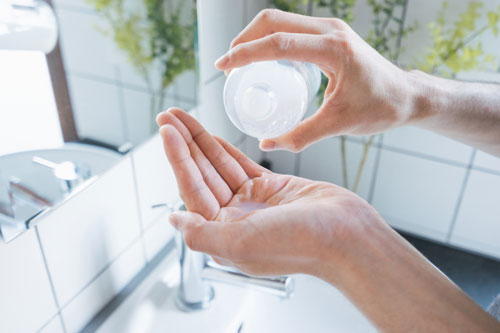
The exceptions to the rule
If it’s a one-time-use product, then it’s fair game, says King, since you don’t have to worry about contamination or preservatives. The same goes if you’re working with a powdered formula to which you have to add water as part of the usage instruction. But “unless a product is a concentrate and requires you to add water according to the product directions, I would not recommend doing this,” Koestline says. “Even then, only add water to the level noted on the bottle, not more.”
For all other situations, it’s a hard no, even for formulas that might seem relatively low-stakes — say, for instance, you’re not applying them to your face or hair. “Even hand soap, if not properly preserved, can grow mold due to the lack of adequate preservation,” says Koestline. So moldy hand soap will only do more harm than good.
Bottom line? Cosmetic chemistry is a science, and when you start to throw in other ingredients, you alter the formula in a big, usually not-so-great way. So instead, replenish your supply so you can continue getting its benefits — safely.
Ready to restock your favorites?:
We only recommend products we have independently researched, tested, and loved. If you purchase a product found through our links, Sunday Edit may earn an affiliate commission.
